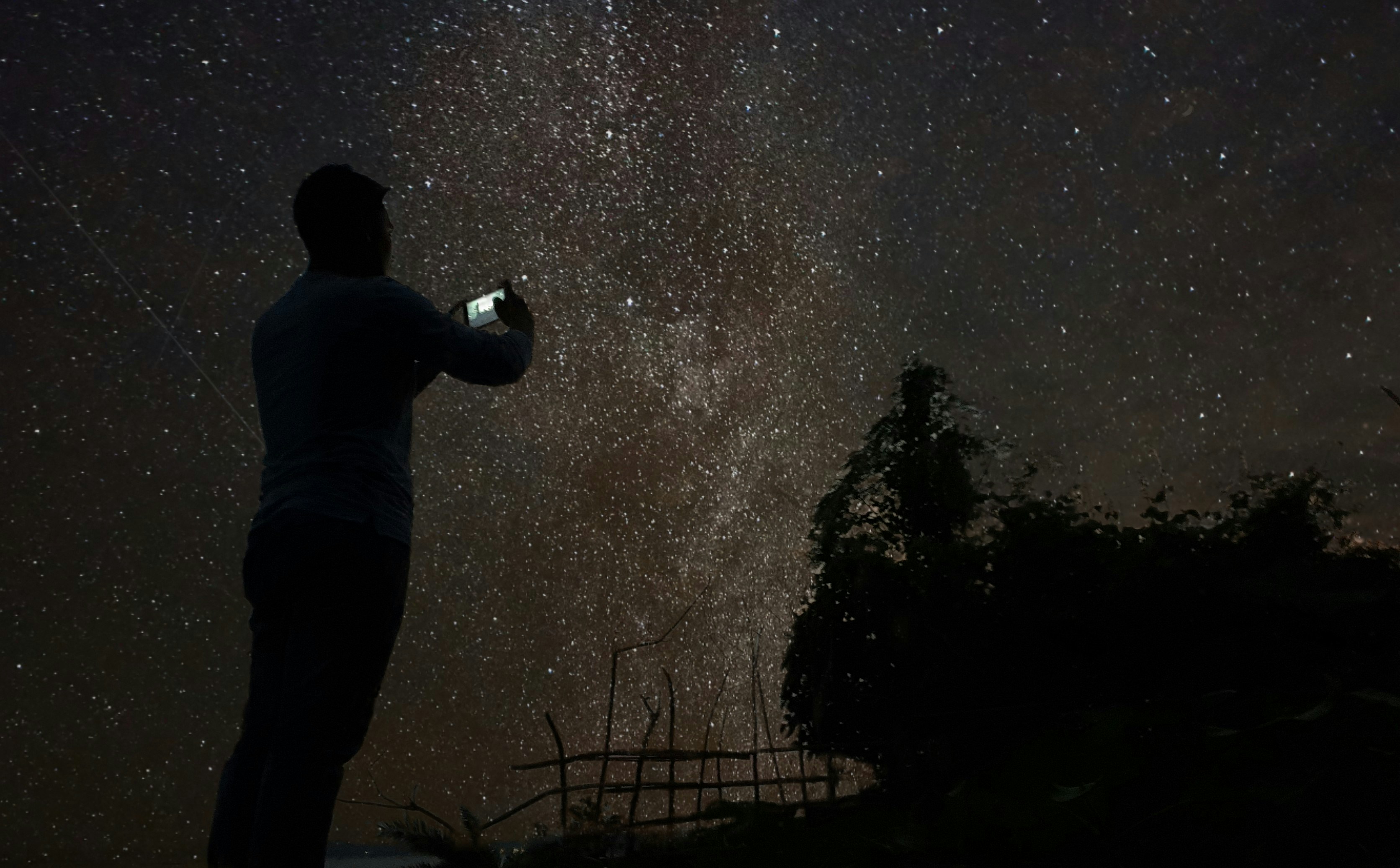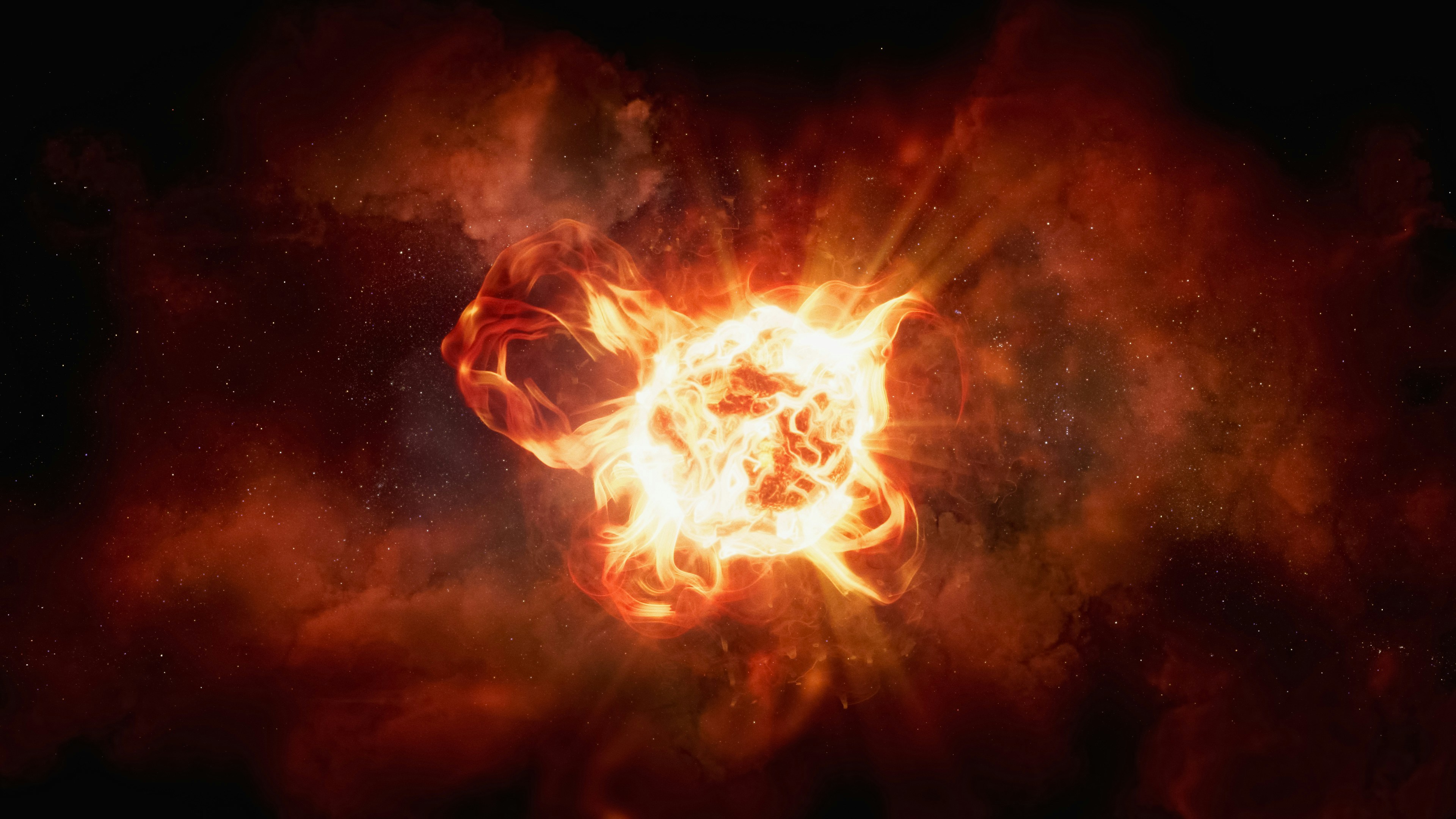The James Webb Space Telescope (JWST) is revolutionizing astronomy by peering deeper into the universe than ever before. Equipped with cutting-edge infrared instruments, it enables the study of galaxy formation, stellar evolution, and exoplanet atmospheres. JWST’s unparalleled imaging capabilities mark a new era of cosmic exploration, revealing insights about the early universe, star birth, and the potential for life beyond Earth.
Introduction: The Significance of JWST
The James Webb Space Telescope (JWST), launched in December 2021, represents a quantum leap in observational astronomy. Unlike its predecessor, the Hubble Space Telescope, which primarily observes visible and ultraviolet light, JWST is optimized for infrared astronomy, allowing it to peer through cosmic dust and explore the universe’s earliest epochs.
This capability is crucial for understanding galaxy formation, stellar evolution, and the conditions that may allow life to emerge on distant exoplanets. By capturing light emitted billions of years ago, JWST effectively serves as a time machine, offering glimpses into the universe shortly after the Big Bang.
Beyond its scientific instruments, JWST embodies decades of engineering innovation. Its large segmented mirror, sunshield, and advanced cooling systems overcome technical challenges that have limited previous telescopes. By observing faint infrared signals across vast distances, JWST promises discoveries that will redefine our understanding of cosmic history.
The telescope’s observations not only push the frontiers of science but also inspire new questions about the universe’s structure, evolution, and potential habitability. Each dataset holds the potential to challenge existing models, uncover hidden phenomena, and illuminate previously invisible aspects of the cosmos.
Design, Instruments, and Infrared Capabilities
JWST’s design addresses the specific demands of infrared astronomy, which requires precise thermal control, large collecting surfaces, and sensitive detectors.
Primary Mirror and Optical System
The telescope features an 18-segment primary mirror spanning 6.5 meters, far larger than Hubble’s 2.4-meter mirror. The segmented design allows it to fold for launch and deploy in space. Its reflective gold coating maximizes infrared sensitivity, enabling JWST to detect faint thermal emissions from distant objects.
Sunshield and Cooling
Infrared observations are sensitive to heat, including that emitted by the telescope itself. JWST employs a five-layer sunshield the size of a tennis court, reducing solar radiation and cooling the instruments to near-absolute zero. This enables detection of subtle infrared signals from the earliest galaxies.
Scientific Instruments
JWST houses four primary instruments:
-
NIRCam (Near Infrared Camera): Captures high-resolution images across 0.6–5 microns.
-
NIRSpec (Near Infrared Spectrograph): Measures spectra of hundreds of objects simultaneously to determine composition, motion, and redshift.
-
MIRI (Mid-Infrared Instrument): Observes 5–28 microns for studying star formation, dust clouds, and distant galaxies.
-
FGS/NIRISS (Fine Guidance Sensor / Near Infrared Imager and Slitless Spectrograph): Provides precise pointing and additional spectroscopic capabilities.
Infrared Advantages
Infrared light penetrates interstellar dust that obscures visible light, allowing JWST to reveal star-forming regions, protoplanetary disks, and the cores of galaxies. It also stretches our observational reach into the early universe, detecting galaxies formed within a few hundred million years after the Big Bang.
Exploring Galaxy Formation and the Early Universe
One of JWST’s primary missions is to investigate how galaxies formed and evolved. By observing distant galaxies, astronomers effectively look back in time, studying the universe in its formative stages.
Early Galaxies and Cosmic Dawn
JWST’s sensitivity allows detection of galaxies with high redshifts, indicating their light traveled over 13 billion years to reach Earth. These observations help answer fundamental questions:
-
How did the first galaxies assemble from primordial matter?
-
What processes drove star formation in the early universe?
-
How did supermassive black holes emerge so quickly?
Studying these early galaxies provides critical insights into the universe’s formative epochs and the physical mechanisms that shaped its evolution. By probing cosmic dawn, JWST helps refine models of galaxy formation and illuminates the conditions that set the stage for subsequent cosmic structures.
Star Formation and Galactic Structure
Infrared imaging reveals star clusters forming within dusty molecular clouds, invisible to optical telescopes. Observing these regions helps map the lifecycle of galaxies, from gas clouds to fully structured spiral and elliptical formations.
Table: Comparison of Hubble and JWST for Galaxy Observation
| Feature | Hubble | JWST |
|---|---|---|
| Wavelength Range | 0.1–2.5 microns | 0.6–28 microns |
| Mirror Diameter | 2.4 m | 6.5 m |
| Dust Penetration | Limited | High |
| Early Universe Detection | Up to ~13 billion years | Beyond 13.5 billion years |
| Star Formation Imaging | Partial | Detailed |
The table illustrates how JWST expands observational reach, revealing galaxies, star clusters, and dust structures previously hidden from view.
Cosmic Reionization
JWST’s deep surveys contribute to understanding the epoch of reionization, when the first stars ionized the neutral hydrogen of the early universe. By identifying these early luminous objects, astronomers refine models of cosmic evolution and the conditions for subsequent galaxy formation.
Stellar Evolution and Star-Forming Regions
Stars are the engines of galaxies, and their formation, evolution, and death shape cosmic environments. JWST’s infrared capabilities allow unprecedented study of these processes.
Protoplanetary Disks and Star Birth
Young stars form within dense molecular clouds where dust and gas obscure visible light. JWST can detect the thermal emissions of these regions, observing the formation of protoplanetary disks where planets will eventually coalesce.
Lifecycle of Stars
From birth to supernova, stars emit radiation at various wavelengths. JWST’s instruments capture mid-infrared emissions from dying stars, revealing the composition of ejected material and the formation of planetary nebulae. These observations illuminate the chemical enrichment of galaxies and the origin of elements essential for life.
Stellar Populations and Cluster Evolution
By studying star clusters in different galaxies, JWST helps astronomers understand population age, metallicity, and evolutionary paths. This information constrains models of galaxy assembly and feedback processes, such as supernova-driven winds that regulate star formation.
Exoplanets, Deep Space Imaging, and Future Discoveries
JWST’s role extends beyond galaxies and stars to the study of exoplanets and deep space phenomena.
Exoplanet Atmospheres
Transit spectroscopy enables JWST to analyze the composition of exoplanet atmospheres. Infrared detection allows identification of water vapor, carbon dioxide, methane, and other molecules, offering insights into habitability and potential biosignatures.
Direct Imaging of Exoplanets
The telescope’s high contrast imaging and coronagraphy techniques block starlight, revealing faint planets orbiting nearby stars. This capability enhances understanding of planetary systems, their formation, and dynamics.
Deep Space Imaging
JWST captures ultra-deep images of distant galaxies and nebulae, revealing structures and interactions previously invisible. These observations inform theories of dark matter distribution, galaxy mergers, and cosmic web evolution.
Future Potential
JWST is expected to revolutionize cosmology and planetary science for decades. Upcoming projects include:
-
Mapping star-forming regions in unprecedented detail.
-
Observing the earliest galaxies to refine cosmological models.
-
Studying planetary atmospheres for chemical signatures of life.
-
Exploring supermassive black hole growth and galactic nuclei evolution.
These investigations promise to deepen our understanding of the universe’s origins, structure, and potential habitability. By providing high-resolution data across a range of cosmic phenomena, JWST will continue to shape astrophysics and inspire new generations of scientific discovery.
Conclusion: A New Era of Cosmic Understanding
The James Webb Space Telescope is not just an instrument; it is a window into the origins and evolution of the universe. Its infrared capabilities allow astronomers to peer further, see more clearly, and understand more deeply than ever before. From galaxy formation and stellar evolution to exoplanet atmospheres and deep space imaging, JWST marks the beginning of a new era in astronomy.
As the telescope continues to return images and spectra from the farthest reaches of space, our understanding of the cosmos will be reshaped. By combining cutting-edge technology, innovative design, and scientific ambition, JWST opens the door to discoveries that will answer some of humanity’s oldest questions: How did the universe begin? How do stars and galaxies evolve? And could life exist elsewhere among the stars?
The James Webb Space Telescope exemplifies the power of human curiosity and ingenuity, proving that even across billions of light-years, the universe is within our reach.


